Jagalchi Market (부산 자갈치시장)
6.2Km 2025-04-15
52 Jagalchihaean-ro, Jung-gu, Busan
+82-51-245-2594
Jagalchi Market, located on the seaside road in Busan's Jung-gu, is one of the largest seafood markets in Korea, selling both live and dried fish. After the Korean War, the market solidified itself as a fish market. Most of the people who sell fish are women, so the vendors here are called Jagalchi Ajumeoni, "ajumeoni" meaning middle-aged or married woman in Korean.
This market represents Busan and is famous throughout the country. Visitors can eat fresh raw fish right at the market. Even nowadays visitors can see women selling mackerel, sea squirts (ascidians) and other seafood on wooden boxes along the road outside of the market and along the shore.
Aritaum - Yeonsan Rotary Branch [Tax Refund Shop] (아리따움 연산로타리)
6.2Km 2024-06-27
11, Bansong-ro, Yeonje-gu, Busan
-
Chungmu Hoetjip (raw fish restaurant) (충무횟집)
6.2Km 2020-12-04
27, Jagalchihaean-ro, Jung-gu, Busan
+82-51-246-8563
It is a safe seafood certified store that supplies and sells fresh seafood. A sliced raw fish specialty restaurant located in Jung-gu, Busan. The representative menu is assorted sliced raw fish.
Olive Young - Busan Yeonsan Branch [Tax Refund Shop] (올리브영 부산연산점)
6.2Km 2024-06-27
16 Bansong-ro, Yeonje-gu, Busan
-
Busan Gamcheon Culture Village (부산 감천문화마을)
6.3Km 2025-04-15
203 Gamnae 2-ro, Saha-gu, Busan
Gamcheon Culture Villiage was formed by refugees of the Korean war who built their houses in staircase-fashion on the foothills of a coastal mountain. The many alleys that cut through this community are vibrantly decorated with murals and sculptures created by the residents. Today, it is a popular attraction in Busan visited by a number of tourists every year.
Geumnyeonsan Mountain (금련산)
6.3Km 2018-07-11
Gwangan-dong, Suyeong-gu, Busan
+82-51-253-8253
There are two stories about how Busan's 415m high Geumnyeonsan Mountain got its name. One suggests that the mountain resembled lotus flowers and the other argues that Buddhists served Buddha with golden flowers. Although the mountain used to be home to two temples, Banyaam and Banyamilda, there are only traces of those sites left. Renowned for majestic tolling of temple bells, the mountain belongs to one of eight scenic sights in Suyeong and offers a training facility for children, mineral spring spots, and hiking trails.
Busandaegyo Bridge (부산대교)
6.4Km 2024-07-17
41 Namhang-ro 9beon-gil, Yeongdo-gu, Busan
+82-51-600-4000
Built in 1980, Busandaegyo Bridge connects Yeongdo Island to the mainland. It serves as an industrial road that facilitates the transport of freight and cargo from Yeondong-gu District, the center of the shipbuilding industry and an emerging port.
Busandaegyo Bridge is 694 meters long and 20 meters wide, with 16 meters for cars and 2 meters of sidewalk on each side. Compared to other bridges built around the same time, Busandaegyo Bridge has a greater significance in the hearts of the citizens as it was built to commemorate the 100th anniversary of Busan Port and symbolizes the development of the city.
Munhwa Ssambap (문화쌈밥)
6.4Km 2016-10-26
72, UN pyeonghwa-ro, Nam-gu, Busan
+82-51-626-2292
Munhwa Ssambap serves up delicious ssambap (leaf wraps and rice) at reasonable prices.
Homeplus - Yeongdo Branch [Tax Refund Shop] (홈플러스 영도)
6.5Km 2024-04-16
57, Daegyo-ro 14beon-gil, Yeongdo-gu, Busan
-
Busan Cultural Center (부산문화회관)
6.5Km 2021-08-06
1, UN pyeonghwa-ro 76beon-gil, Nam-gu, Busan
+82-51-607-6000
Busan Cultural Center began construction in October 1983 and finished constructing three halls in 1993. In April 2010, the cultural center underwent renovations and reopend in October. The architecture format used traditional Korean houses with a large, medium, and small halls. Large gates and walls were removed to allow easy access. The roof used concrete slabs to recreate traditional patterns and the exterior walls are made of granite stone.
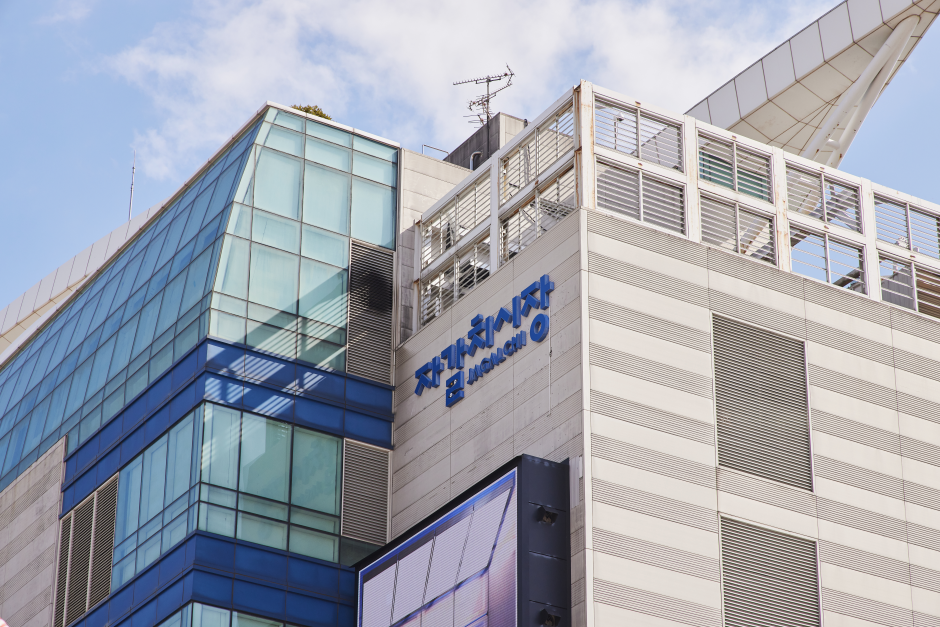
![Aritaum - Yeonsan Rotary Branch [Tax Refund Shop] (아리따움 연산로타리)](http://tong.visitkorea.or.kr/cms/resource/55/3314155_image2_1.jpg)
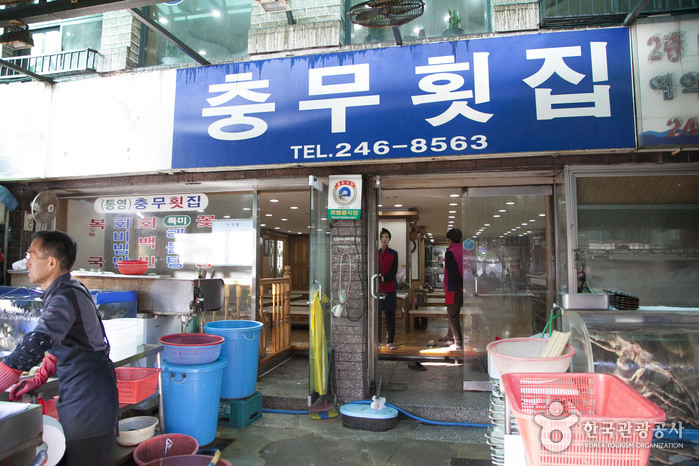

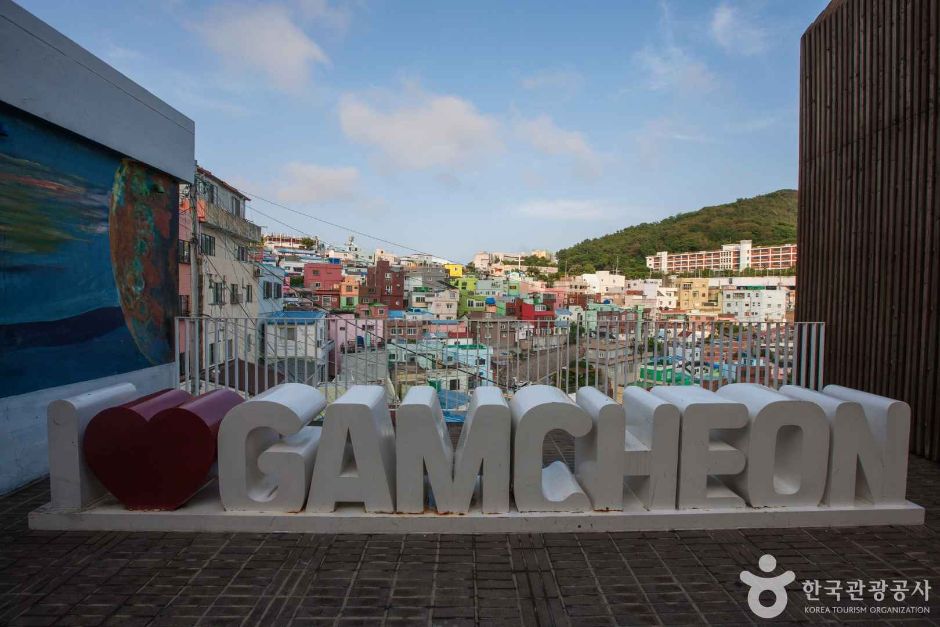
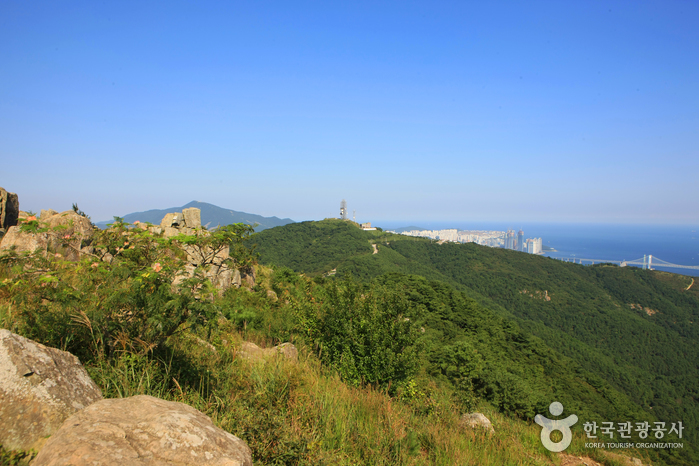
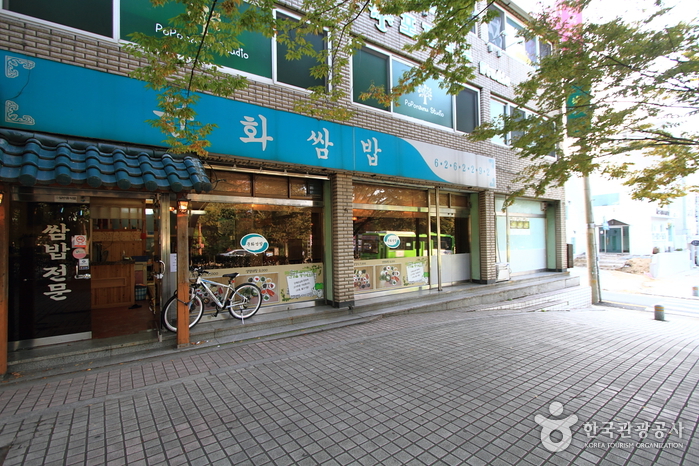
![Homeplus - Yeongdo Branch [Tax Refund Shop] (홈플러스 영도)](http://tong.visitkorea.or.kr/cms/resource/76/2889576_image2_1.jpg)
 English
English
 한국어
한국어 日本語
日本語 中文(简体)
中文(简体) Deutsch
Deutsch Français
Français Español
Español Русский
Русский